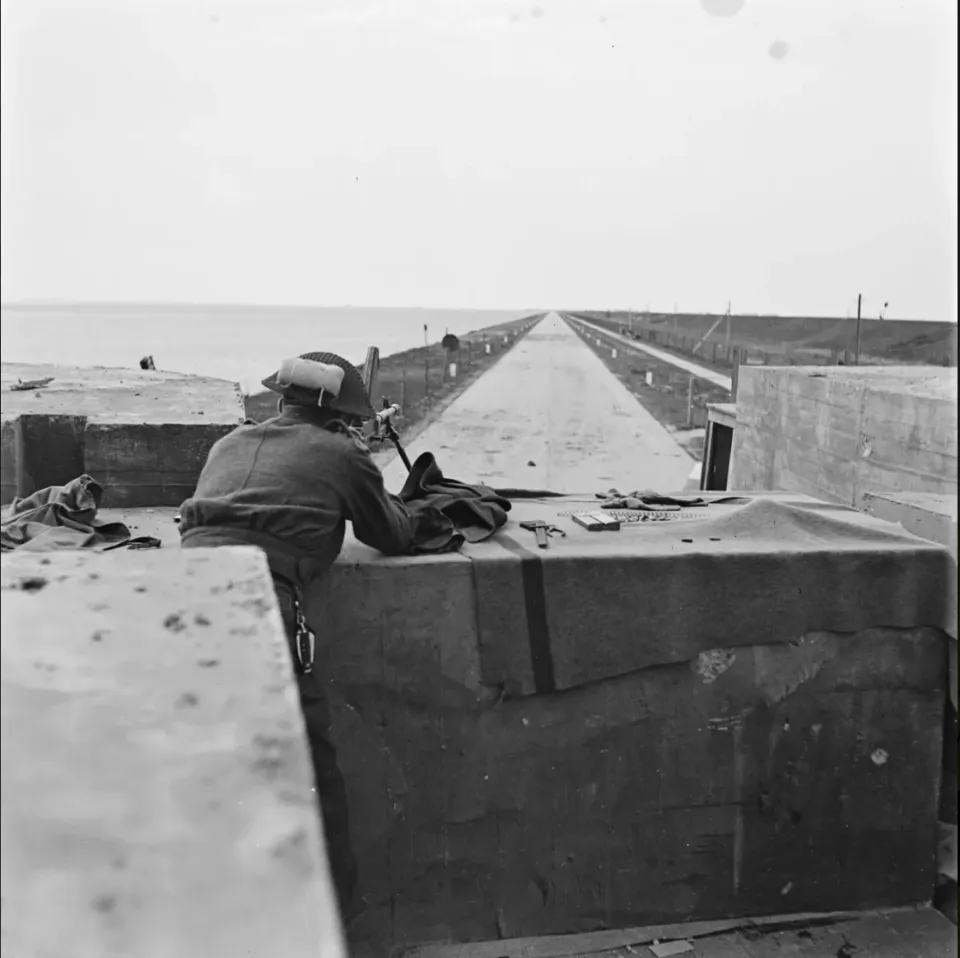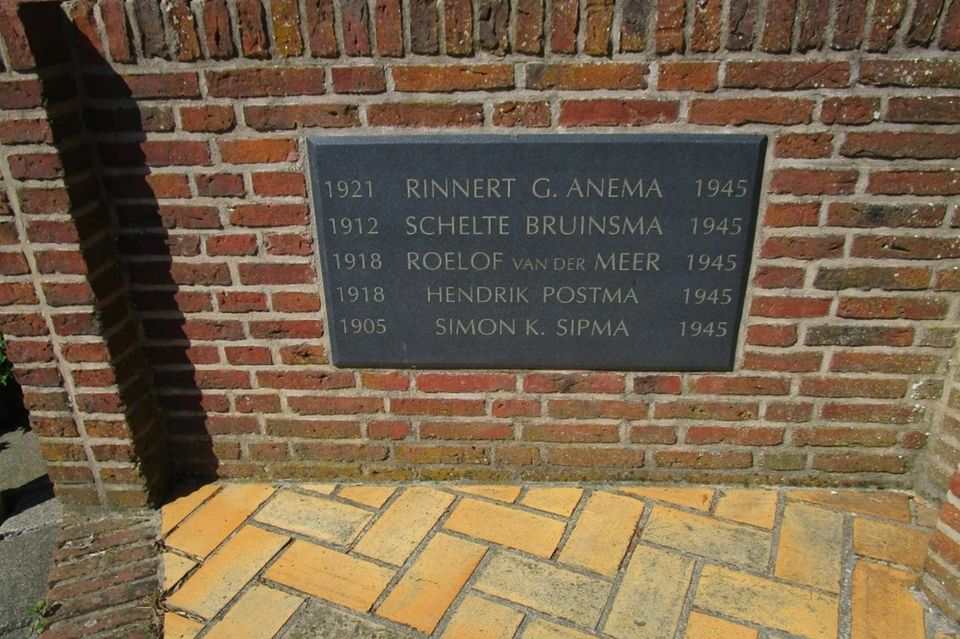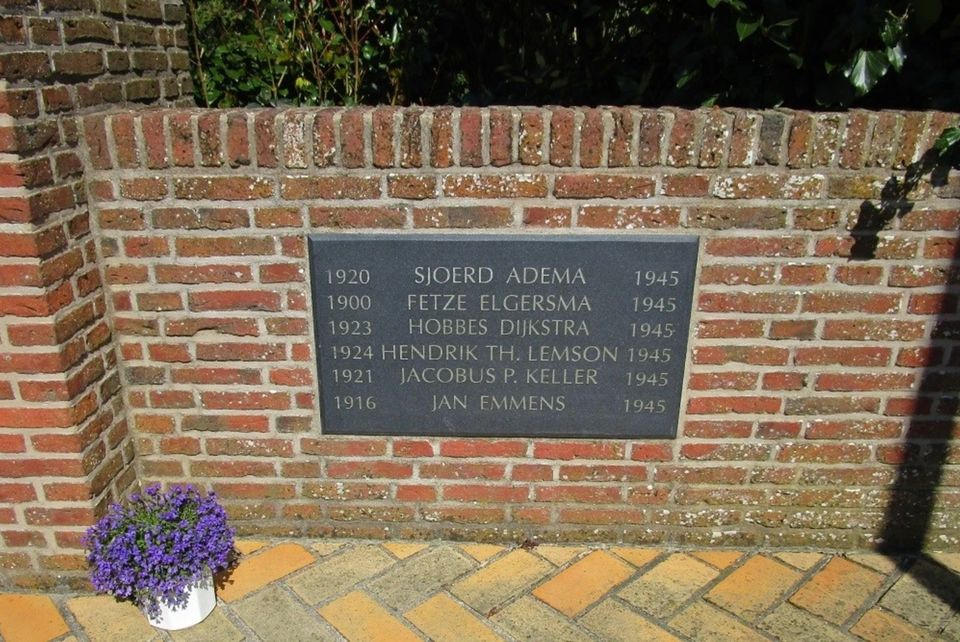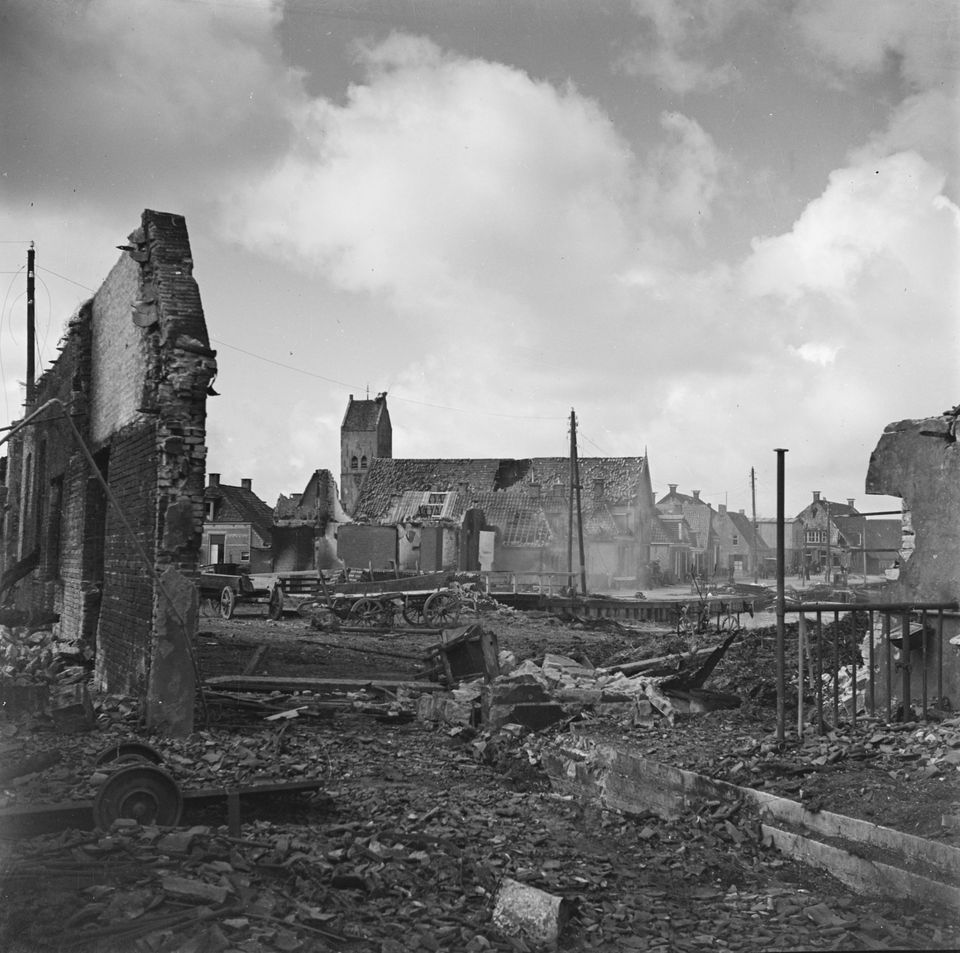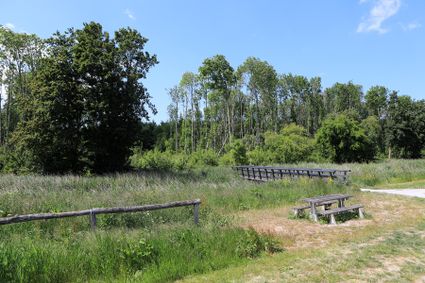Workum-Witmarsum | Liberation route: section 4
In the last two years of the war, the resistance in Friesland became more and more organised. On 12 December 1944, the Dutch Internal Armed Forces (NBS) were founded in Friesland on the orders and under the leadership of Prince Bernhard. In Makkum the resistance was active from the very beginning of the war, and in the small settlement of Kornwerderzand, there were nightly arms drops for the resistance. In the last year of the war, there were approximately 3,000 armed resistance fighters active in Friesland.
The early years of the war were relatively quiet in Friesla…
In the last two years of the war, the resistance in Friesland became more and more organised. On 12 December 1944, the Dutch Internal Armed Forces (NBS) were founded in Friesland on the orders and under the leadership of Prince Bernhard. In Makkum the resistance was active from the very beginning of the war, and in the small settlement of Kornwerderzand, there were nightly arms drops for the resistance. In the last year of the war, there were approximately 3,000 armed resistance fighters active in Friesland.
The early years of the war were relatively quiet in Friesland, with only incidental acts of resistance. This changed after the May Strike of 1943. The cause was the German occupier's call for all Dutch prisoners of war released in 1940 to be put to work in Germany. This triggered the resistance in Friesland to become better organised. Existing groups were merged into the Dutch Internal Armed Forces (NBS), which were founded in Friesland on 12 December 1944 on the orders and under the leadership of Prince Bernhard.
In Makkum, the resistance was active from the very beginning of the war. The brothers Aart and Thymen van den Berg made their fish canning factory entirely available to the Frisian resistance. Using the weapons, alcohol and smoked eel, the staff of the factory became friends with the most important executioners of the Sicherheitsdienst in Leeuwarden. When the Germans were loosened up by the drinks, the information they spilt was passed on to the resistance. They managed to free 60 imprisoned resistance fighters and knew when to expect raids. The fish canning factory grew to be a hotbed of Frisian resistance. The Sicherheitsdienst in the Burmania house in Leeuwarden was bugged, and the resistance was able to warn people named in interrogations. Other forms of resistance were the distribution of illegal magazines to inform the population about troop relocations, collaborators, or to boost morale.
In the summer of 1943, there was a wave of people going into hiding, and the expansive Frisian countryside proved to be very suitable for sheltering people. The resistance also played an important role here. Thugs raided distribution offices and stole huge quantities of food stamps, for example. Towards the end of the war, there was a food shortage and dairy factories, butchers and food producers were targeted. During this period, the first arms droppings like the ones on Kornwerderzand took place. On 13 April 1945, the NBS leadership followed the order to help accelerate the advance of the allied troops. Large parts of Friesland were liberated in Mid-April 1945.
Liberation Route Europe is a transnational memorial. A route that connects memorial sites and stories from all over Europe. For more information, visit www.liberationroute.com
Sights on this route
Starting point:
Waypoint walk 64
Workum
Navigate to starting point
Waypoint walk 64
Workum
Navigate to starting point
Terpdorp Allingawier
Allingawier is een pittoresk terpdorpje, gelegen tussen de IJsselmeerkust en Hanzestad Bolsward.
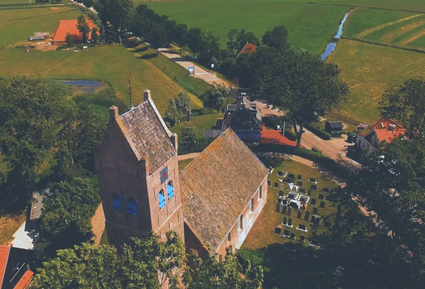
Makkum
Makkum is a seaside resort on the IJsselmeer coast in Southwest Friesland, just south of the Afsluitdijk.
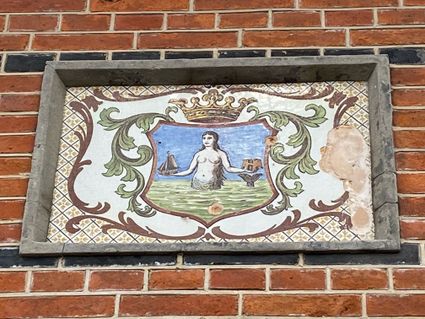
Makkum War Memorial
On 18 April, Makkum was one of the last villages on the Frisian mainland to be liberated. The residents of Makkum experienced an extremely violent run-up to liberation.
Makkum War Memorial
By 16 April, the major part of Friesland had been liberated. But some important targets of the Canadians had not yet been achieved. They wanted to win the Frisian ports and the Head of the Afsluitdijk from the Germans as quickly as possible. But they would be hard fought. Both the ports and the Afsluitdijk were used by German soldiers to escape to North Holland.
As elsewhere in Friesland, the Canadians were helped by resistance fighters from the Dutch Domestic Armed Forces (N.B.S.) They suffered several casualties near Makkum. On 16 April, Schelte Bruinsma and Simon Sipma were killed in an attack on a farm in which the Germans had entrenched themselves. The next day, another group tried to occupy a bridge under Makkum. However, the Germans caught sight of them and in the ensuing gunfight, Rinnert Anema, Roelof van der Meer and Hendrik Postma were killed. Makkum was liberated on 18 April, as one of the last villages in Friesland.
The monument at the Buren in Makkum was unveiled in 1952 in commemoration of the members of the Dutch Domestic Armed Forces who were killed around the village during the struggle for liberation.
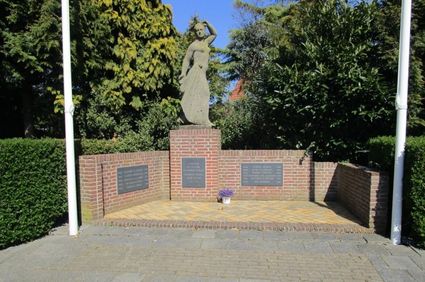
Kazematten Museum
A few kilometers off the Frisian coast are the famous Kornwerderzand casemates on the Afsluitdijk.
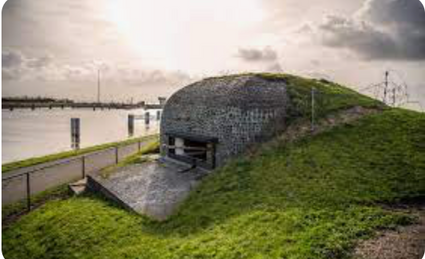
War Plaque Zurich
From Leeuwarden, one of the Canadian battalions rushed west to liberate Harlingen. They did not get any further than Franeker that Sunday afternoon, April 16.
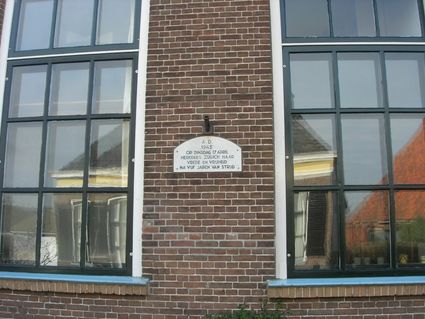
Heavy shelling on Pingjum
After the liberation of Sneek on April 15, 1945, Canadian troops advanced to the Afsluitdijk. The Frisian resistance advised against the attack. It remembered the May days at the beginning of the war in 1940.
Heavy shelling on Pingjum
After the liberation of Sneek on April 15, 1945, Canadian troops advanced to the Afsluitdijk. The Frisian resistance advised against the attack. It remembered the May days at the beginning of the war in 1940.
After the Canadians had been festively welcomed in Leeuwaren, it was important to advance quickly to Franeker to prevent the last escape option of the Germans over the Afsluitdijk and the IJsselmeer. The attack against the Afsluitdijk was launched from the southeast on 16 April, but the tanks of the Queens Own Rifles soon ran into the strong German defenses.
After that, the village of Wons was surrounded, but the Germans defended themselves very fanatically at Pingjum. There were many snipers and the Canadians were fired on from the farms. Allied fighters and artillery were deployed to break the German resistance. During the shelling, five farms went up in flames, six civilians, one Canadian and 46 Germans were killed. On April 18, 1945, the Canadians were able to report that the entire area had been cleared of enemies.

End point:
Waypoint walk 15
Witmarsum
Navigate to endpoint
Waypoint walk 15
Witmarsum
Navigate to endpoint
Directions
Starting point:
Waypoint walk 64
Workum
Navigate to starting point
The story of the Liberation of Western Europe is a book with many chapters, with some starting before the beginning of the war in 1939 and some others often ending years after the end of the conflict in 1945. Through the Liberation route Europe, you learn more about the storylines, key military events, personal stories and biographies from the second world war in Europe. Check out www.liberationroute.com for more routes, fragments and stories.
End point:
Waypoint walk 15
Witmarsum
Navigate to endpoint
- 64
- 65
- 50
- 20
- 21
- 22
- 23
- 55
- 33
- 90
- 91
- 85
- 72
- 60
- 30
- 31
- 31
- 79
- 67
- 21
- 25
- 26
- 11
- 75
- 41
- 46
- 32
- 13
- 65
- 83
- 27
- 28
- 28
- 29
- 38
- 32
- 15
